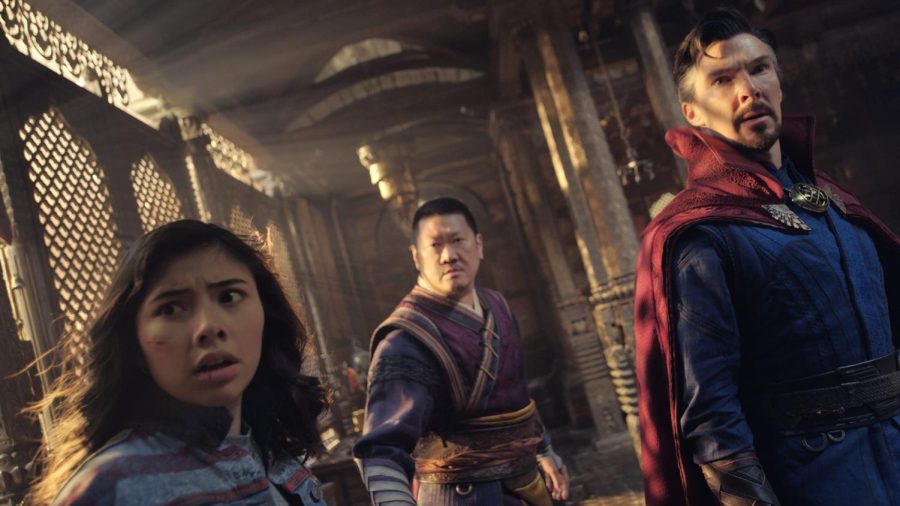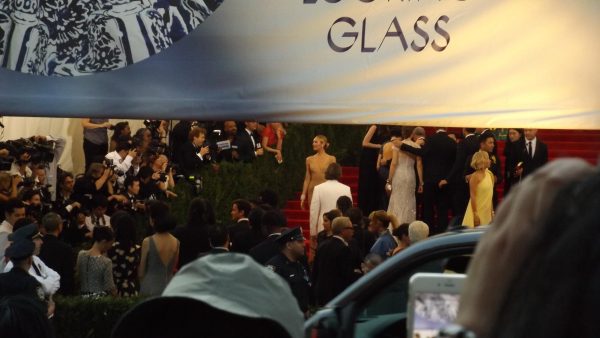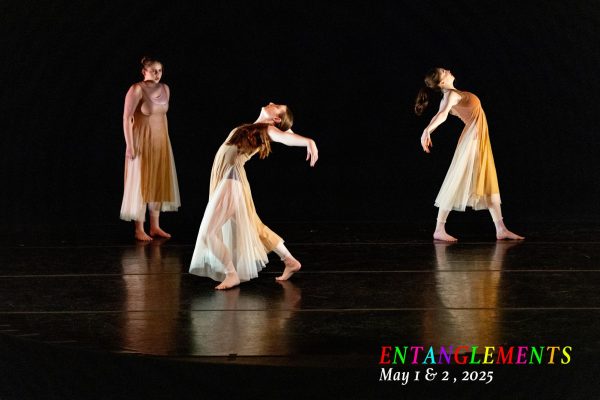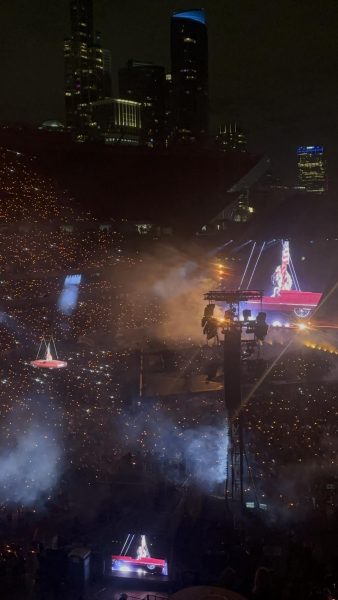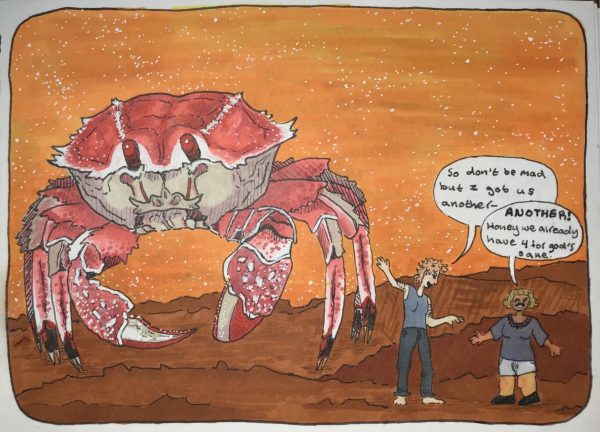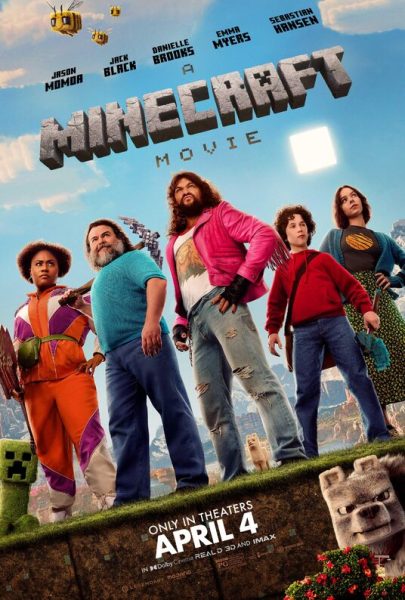‘Doctor Strange in the Multiverse of Madness’: It’s Good!
As Benedict Cumberbatch so profoundly proclaimed, “The only thing that didn’t change during the filming of this film was the title.” And yes, this behind-the-scenes hassle is quite evident upon watching. The CGI occasionally looks hastily done, the wacky wigs tell you exactly which shots were reshoots, and don’t get me started on the often toddler-esque quality of the dialogue. Seriously, Marvel needs to stop letting Michael Waldron write things. With all that out of the way, Doctor Strange in the Multiverse of Madness carries itself like a trippy escapade through the multiverse: It’s bonkers, and you just can’t look away.
Let’s talk about the biggest aspect of the film that made it stand out so marvelously in an overwhelming (for some people) sea of 28 films: Sam freakin’ Raimi. Not to join the hype train, but it’s not an overstatement to say the King is back. If you’re unfamiliar, back during the turn of the century, Marvel took a sizable risk by getting comedy-horror director Sam Raimi to helm their Spider-Man trilogy starring Tobey Maguire. And the risk paid off: Those films successfully created and perfected the structure and character archetypes we see in almost every comic book film today. After 2013, Raimi took a long hiatus, but Marvel swooped back in and nabbed him when the original director of Multiverse of Madness left the project. Best. Decision. Ever.
I felt immersed throughout the entire film, as if I was zooming between the panels of a colorful comic book. Even shots that didn’t need to be wild, like panning from Stephen standing in the pews to Christine walking down the aisle, made me feel like I was being thrown at the screen. But where Raimi’s expertise really came to fruition was within the film’s occasional horror sequences. I was glued to the edge of my seat as I felt tension gradually sneak up on me, and the payoff was always immaculate.
I have to say, the middle two-fourths of the film were essentially a basic back-and-forth between action, exposition, action, exposition, etc. But Raimi didn’t just give exposition. He faded in and out, with voiceovers and mosaics of people’s faces, with intense electric guitar serenading our understanding. And lemme tell you: Raimi would never just give you “action.” He gives you some of the most out-of-the-box, and surprisingly gory, battles in the MCU. I won’t spoil anything, but I’ll give you two words: Sheet Music.
“Benedict Cumberbatch gave a great performance” might be the most expected line I could possibly give, but it’s true. For a character with such unlikable qualities, Cumberbatch builds him from the ground up with every performance, and you’ll fall in love with him every time. He had a concrete character arc too; even though in his first film, he learned to serve a greater purpose than himself, he still feels the need to always be in control. Over the course of this film, he learns to “share the scalpel.” It’s great. He especially shines next to Rachel McAdams’ Christine, who pleasantly has something to do during this film. Not much else to say there; their chemistry was solid, and they masterfully closed the loop of their characters’ open-ended relationship.
However, it may come as more of a surprise that the real scene-stealer was the fan favorite Scarlet Witch, played by Elizabeth Olsen. For a film where the trailers gave so much away, I have to say I didn’t see coming just how quickly the character of Wanda hopped aboard the pure evil train. Now, an annoying person might call that throwing away nine episodes’ worth of character development from Wandavision, but I just call it knowing how to have a good time. Wanda lavishly levitated from my top 10 MCU heroines to my top 10 MCU villains just as soon as she possessed an alternate universe’s variant of herself, and looked straight at the camera. Chills.
Unfortunately, I can’t give such raving remarks about the MCU’s youngest new hero, America Chavez. While actress Xochitl Gomez did the best she could, nothing about the film elevated her character above the role of “scared kid,” or even worse, “exposition machine.” Of course, I’ll never say no to getting more Latinx and LGBTQ+ representation—that’s great!—but beyond that, we never got anything compelling for us to latch onto. The plot of “grizzled male hero meets superpowered little girl on the run from bad guys, and he protects her while also learning to be a better person,” is a trope done time and time again, and it was already perfected by Logan. Multiverse of Madness, however, opts out of showing significant bonding between Strange and Chavez in favor of what some call the Multiverse of Cameos. We’ll get to that later.
For now, let’s talk about the unsung hero of the MCU who deserves some singing in his name: Wong. The G.O.A.T. I was mortified they might kill off Wong just to give Strange more development, and spoiler alert, thank God they didn’t. Wong is the stoic, deadpan voice of reason, and he’s just the absolute coolest. I know a lot of people joke about wanting a Wong solo film, but I genuinely do. I also really respect how instead of Strange earning back the title of Sorcerer Supreme by the end of the film, he instead simply respects Wong as a peer, and becomes content with not having it. Wong is love; Wong is life.
Now we can discuss those cameos, the Illuminati. They show up after Mordo says, “The Illuminati will see you now,” and Strange says, “the Illumi-what-i?”—my new least favorite line of dialogue in cinematic history. I mean, come on, how dumb do you think the audience is, that we’ve never even heard of the concept of the Illuminati? It’s safe to say I have mixed feelings about each of the cameos, which I won’t spoil, but most importantly, I feel like they were all well-executed (pun intended). They’re here for the fans who love them, or are at least mildly interested in them, and I was either one or both for each of them. I read afterwards that some of them were just placeholder cameos. One of them was supposed to be Balder the Brave, but Daniel Craig couldn’t show up, so they just got a different actor and had him play a different character. That makes sense. This film isn’t about them. That being said, the creativity of the way [SPOILER ALERT] Wanda ruthlessly murders each of them one by one is a stroke of pure genius of which Marvel is in desperate need. Not from a “violence is edge, and edgy is good” perspective, but from a “removing the mouth of a man with a supersonic voice, so that when he tries to speak, he ends up melting his own brain is crazy awesome” perspective.
Look, the Multiverse is a hot commodity right now, and everyone’s trying to hop on it. Obviously, this film pales in comparison to masterpieces like Into the Spider-Verse or once-in-a-lifetime cinematic events like No Way Home, but it vanquished my preconceived notions by illustrating that magic doesn’t need to make perfect sense. It shouldn’t just be glowing yellow sticks of energy, it should be giant tentacled monsters with their eyes gouged out, or a zombie sorcerer using the souls of the damned as a cloak of levitation, or two variants of the same sorcerer bringing music notes from different musical instruments to life and shooting them at each other (sorry I spoiled it, I just couldn’t contain myself).
With a bright disposition, a superstar cast, and the Madness to push boundaries I didn’t even know existed, Doctor Strange in the Multiverse of Madness will bewitch your senses and summon a good time.
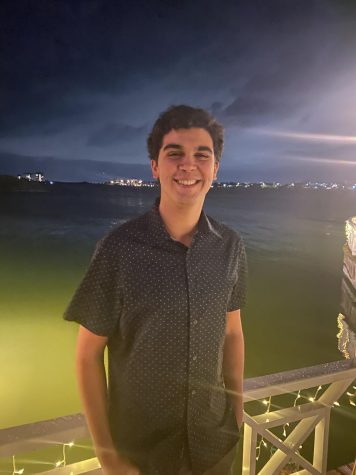
Cole Hanover ('23) is a senior at Latin and has written/illustrated for The Forum since 2021. He has always read The Forum throughout his high school...


















































